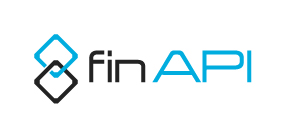Introduction to Top List Check
The background to this endpoint is that banks or companies want to understand what the main relationships are between their customers and other companies or suppliers.
This can contribute to risk analysis (dependencies, obligations, large amount transactions...) or a better understanding of the input and output relationships.
This report is appropriate for both B2B and B2C use cases.
What it solves
The service performs a top x transactions check based on the stored in the data source data, from the following perspectives:
Top transactions at which counterparty the most amounts are paid
What are the highest transactions
With which counterparty are most transactions exchanged
There is a list of predefined top x transactions checks that can be used:
TOP_COUNTERPARTY_SUM- Grouping and sum by IBAN to figure out who has the most revenueTOP_TRANSACTIONS_AMOUNT- Top n transactions, sorted by amountTOP_TRANSACTION_COUNT- Group by IBAN, sum count of transactions (how has the highest frequency of transactions)
Used data fields
No Case is required for checks. Only one data source must have been synchronized successfully.
All transactions of the customer are used for this purpose. To detect this, it uses data like IBAN, counterpart name, amount, purpose, and so on.
Result
This gives you a quick overview of the transactions used in the report through aggregated values that can serve as a summary.
A full API schema can be seen here: finAPI API Documentation
Field | Description | Mandatory |
|---|---|---|
| Date of the first transaction | no |
| Date of the last transaction | no |
| Defines the top number in the array which contains the results | yes |
| Counterparty name | yes |
| Count of total transactions with this counterpart | yes |
| Average amount overall transactions | yes |
| Sum of all transactions | yes |
| Details for | no |
| Total amount of the counterpart for | yes |
| Transaction ID, only available for | no |
